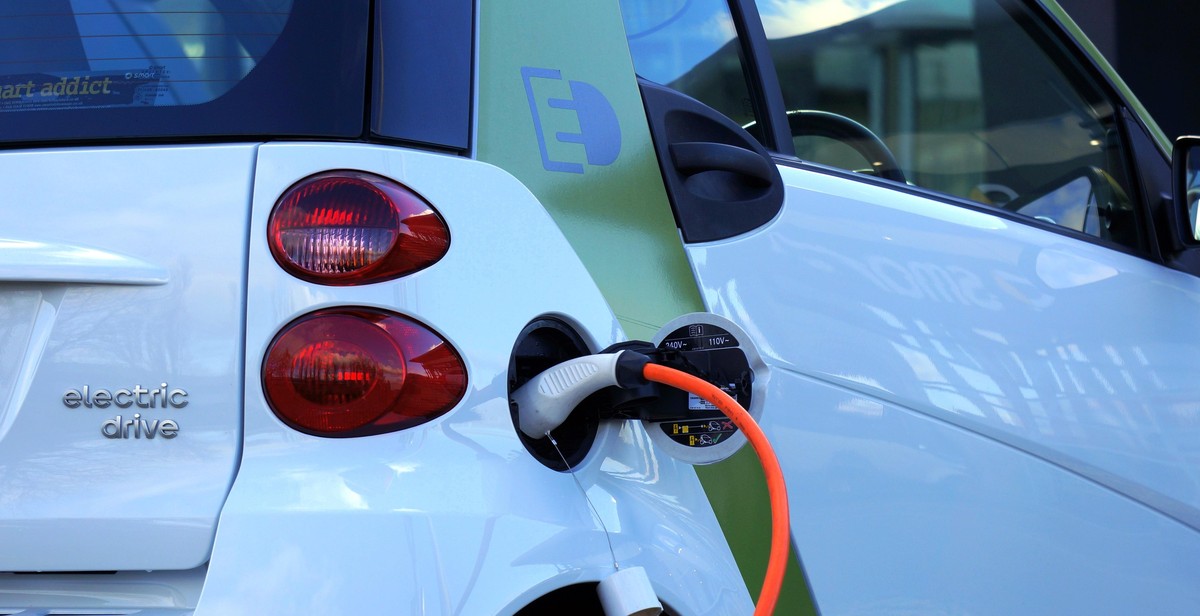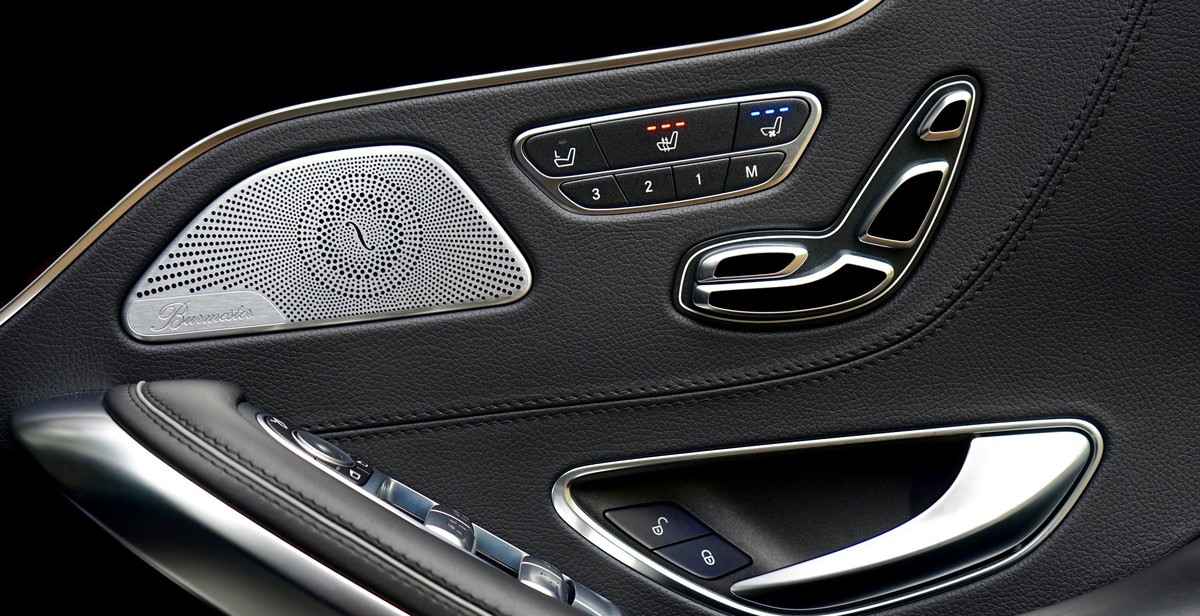Introduction
Electric cars have become increasingly popular in recent years as people become more environmentally conscious. These vehicles offer a sustainable and efficient mode of transportation that can help reduce our carbon footprint. However, while electric cars are known for their energy efficiency, there are still ways to optimize their performance and get the most out of their battery life.
One way to optimize energy efficiency in electric cars is through driving techniques. By adopting certain habits and strategies, you can reduce the amount of energy your car consumes and extend its range. This article will explore some of the most effective driving techniques for electric cars and provide tips on how to implement them.
The Importance of Energy Efficiency in Electric Cars
Electric cars rely on battery power to operate, which means that their range is limited by the amount of energy stored in the battery. The more efficiently you can use that energy, the further you can travel on a single charge. This is why energy efficiency is so important for electric cars.
Optimizing energy efficiency can also help reduce the cost of owning an electric car. By using less energy, you can reduce your electricity bill and potentially save money on maintenance costs. Additionally, maximizing your car’s range means you can travel further without needing to recharge, which can be especially beneficial on long road trips.
How Driving Techniques Can Improve Energy Efficiency
Driving techniques play a significant role in electric car energy efficiency. By adjusting your driving habits, you can reduce energy consumption and extend your car’s range. Some of the most effective techniques include:
- Regenerative braking: This feature allows your car to recover some of the energy lost during braking and use it to recharge the battery.
- Smooth acceleration and braking: Sudden acceleration and braking can waste energy, so try to drive as smoothly as possible.
- Coasting: When you’re driving downhill or approaching a stop sign or traffic light, take your foot off the accelerator and coast to conserve energy.
- Maximizing your car’s aerodynamics: By reducing drag, you can improve your car’s energy efficiency. This can be achieved by keeping windows closed, removing roof racks, and avoiding excessive speeds.
By implementing these techniques, you can optimize energy efficiency in your electric car and enjoy all the benefits of sustainable and efficient transportation.

Understanding Energy Efficiency in Electric Cars
Electric cars are becoming increasingly popular as they offer a more sustainable and environmentally friendly alternative to traditional gasoline-powered vehicles. One of the key benefits of electric cars is their energy efficiency, which refers to the amount of energy required to power the vehicle per unit of distance traveled. In this section, we will explore what energy efficiency means in the context of electric cars and the factors that affect it.
What is Energy Efficiency in Electric Cars?
Energy efficiency in electric cars refers to the amount of energy required to power the vehicle per unit of distance traveled. This is typically measured in kilowatt-hours per 100 miles (kWh/100 miles). The higher the energy efficiency of an electric car, the less energy it requires to travel a certain distance. This means that the car can go further on a single charge and requires less energy to be replenished.
Factors Affecting Energy Efficiency in Electric Cars
There are several factors that can affect the energy efficiency of an electric car:
- Driving habits: The way you drive your electric car can have a significant impact on its energy efficiency. Aggressive driving, such as rapid acceleration and braking, can use up more energy and reduce efficiency. Smooth and steady driving, on the other hand, can help to conserve energy.
- Terrain: The terrain you are driving on can also affect the energy efficiency of your electric car. Driving uphill requires more energy than driving on a flat surface, for example. Similarly, driving at high speeds on the highway can use up more energy than driving at lower speeds on local roads.
- Temperature: The temperature outside can also affect the energy efficiency of your electric car. Extreme temperatures, both hot and cold, can reduce the efficiency of the battery and require more energy to power the car.
- Battery age and condition: The age and condition of the battery in your electric car can also affect its energy efficiency. As batteries age, they can become less efficient and require more energy to power the car.
By understanding these factors and taking steps to optimize your driving habits and vehicle maintenance, you can improve the energy efficiency of your electric car and get the most out of each charge.

Driving Techniques to Optimize Energy Efficiency in Electric Cars
Electric cars are becoming more popular as people become more conscious of the environment and the need to reduce their carbon footprint. While electric cars are more energy-efficient than gasoline vehicles, there are still ways to optimize their energy efficiency through driving techniques.
Smooth Acceleration and Braking
One of the most important driving techniques to optimize energy efficiency in electric cars is to practice smooth acceleration and braking. Sudden acceleration and hard braking can waste energy and reduce the range of the vehicle. Instead, try to accelerate and brake gradually and smoothly to conserve energy.
Regenerative Braking
Regenerative braking is a feature in electric cars that converts the kinetic energy of the vehicle into electrical energy, which is then stored in the battery. This feature can significantly improve the energy efficiency of the vehicle. To maximize the benefits of regenerative braking, try to brake early and gently, and avoid coming to a complete stop whenever possible.
Maintaining a Steady Speed
Maintaining a steady speed is another important driving technique for optimizing energy efficiency in electric cars. Constantly changing speeds can waste energy, so try to maintain a steady speed whenever possible. Use cruise control to help maintain a consistent speed and reduce energy consumption.
Avoiding High Speeds
Driving at high speeds can significantly reduce the range of an electric car. The faster you drive, the more energy the vehicle uses, so try to avoid driving at high speeds whenever possible. Driving at 55 mph or below can help conserve energy and extend the range of the vehicle.
Using Eco Mode and Other Features
Most electric cars come with an Eco Mode that can help conserve energy by adjusting the acceleration and other settings to reduce energy consumption. Other features, such as pre-conditioning the cabin before driving, can also help conserve energy. Use these features whenever possible to optimize the energy efficiency of the vehicle.
| Driving Technique | Description |
|---|---|
| Smooth Acceleration and Braking | Practice gradual and smooth acceleration and braking to conserve energy. |
| Regenerative Braking | Maximize the benefits of regenerative braking by braking early and gently. |
| Maintaining a Steady Speed | Use cruise control to maintain a consistent speed and reduce energy consumption. |
| Avoiding High Speeds | Driving at 55 mph or below can help conserve energy and extend the range of the vehicle. |
| Using Eco Mode and Other Features | Use features such as Eco Mode and pre-conditioning the cabin to optimize energy efficiency. |

Other Ways to Improve Energy Efficiency in Electric Cars
Besides driving techniques, there are other ways to improve energy efficiency in electric cars. These include:
Regular Maintenance and Servicing
Just like any other vehicle, electric cars require regular maintenance and servicing to ensure they are running at their best. Regular maintenance can help to keep the car’s battery in good condition and prevent any issues that could affect the car’s energy efficiency. Some maintenance tasks that can help to improve energy efficiency include:
- Checking and replacing air filters to ensure the car’s air conditioning system is running efficiently
- Regularly checking and maintaining tire pressure to reduce rolling resistance and improve energy efficiency
- Inspecting and replacing brake pads to reduce the amount of energy lost through braking
Efficient Charging Practices
Efficient charging practices can also help to improve energy efficiency in electric cars. Some tips for efficient charging include:
- Avoiding frequent fast charging, which can degrade the battery over time
- Charging the car’s battery to around 80% rather than fully charging it, as this can help to extend the battery’s lifespan
- Charging the car’s battery during off-peak hours, when electricity rates are lower
Driving in Optimal Conditions
Driving in optimal conditions can also help to improve energy efficiency in electric cars. Some tips for driving in optimal conditions include:
- Avoiding extreme temperatures, both hot and cold, as this can affect the car’s battery performance
- Avoiding driving at high speeds, which can increase wind resistance and reduce energy efficiency
- Using the car’s regenerative braking system to recover energy lost during braking
- Reducing the amount of weight carried in the car, as this can increase energy consumption
| Method | Description |
|---|---|
| Regular Maintenance and Servicing | Checking and replacing air filters, maintaining tire pressure, inspecting and replacing brake pads |
| Efficient Charging Practices | Avoiding frequent fast charging, charging to 80%, charging during off-peak hours |
| Driving in Optimal Conditions | Avoiding extreme temperatures, driving at high speeds, using regenerative braking, reducing weight in the car |

Conclusion
Electric cars are a great way to reduce your carbon footprint while still enjoying the convenience of personal transportation. However, to truly maximize the benefits of electric cars, it is important to optimize their energy efficiency through proper driving techniques.
By following the tips outlined in this article, such as accelerating slowly and smoothly, maintaining a consistent speed, and avoiding unnecessary idling, you can significantly increase the range of your electric car and reduce your energy consumption.
In addition to driving techniques, it is also important to regularly maintain your electric car’s battery and other components to ensure optimal performance. This includes keeping your tires properly inflated, using regenerative braking, and avoiding extreme temperatures.
Overall, optimizing energy efficiency in electric cars requires a combination of smart driving habits and proactive maintenance. By taking these steps, you can enjoy the many benefits of electric cars while minimizing their impact on the environment and your wallet.
| Tip: | Benefit: |
| Accelerate slowly and smoothly | Maximize range and reduce energy consumption |
| Maintain a consistent speed | Reduce energy consumption and increase efficiency |
| Avoid unnecessary idling | Conserve energy and reduce emissions |
| Keep tires properly inflated | Improve efficiency and extend battery life |
| Use regenerative braking | Recover energy and increase range |
| Avoid extreme temperatures | Protect battery and optimize performance |
